May is my birthday month, so parties, ice cream cake, and balloons are on my mind. If you’d like to get all celebration‑y with me, enjoy this list of festive picture books about birthdays.
Why 20 items on this list? Because that’s my birthdate, of course!
(If I missed including any amazing picture books about birthdays, let me know about them in the comments.)
The Backwards Birthday Party by Tom Chapin and John Forster, illustrated by Chuck Groenink (Feb 2015)
AGES 4–7
From Goodreads: “Have a happy birthday—the backwards way! Full of fun and based on the hit song from Tom Chapin and John Forster, this is a celebratory birthday bash like no other.
Put your clothes on inside out, heat up the ice cream, and hang on to your party hats—because everything’s out of whack at the backwards birthday party!
From beloved, three-time Grammy-winning singer-songwriter Tom Chapin, four-time Grammy-nominated singer-songwriter John Forster, and with stunning illustrations from Chuck Groenink comes the zaniest birthday party you’ll ever attend.”
A Birthday Cake Is No Ordinary Cake by Debra Frasier (Sept 2006)
AGES 4–7
From Goodreads: “Welcome aboard our spinning Earth as it travels on its immense journey around the Sun. Bring a bowl–and come along! Help collect the ingredients for a cake as big as a year, and see how every circle around the Sun … equals one. One what? One birthday cake!
For fifteen years, On the Day You Were Born has been the classic book to welcome new babies into the world. Now, this jubilant companion celebrates every year thereafter in the life of a child–and of our great green planet Earth.
Includes delicious cake and frosting recipes, explanations of how the years are marked in nature, and a section called “How many days to your birthday?” so kids can actually find their own special day.”
A Birthday for Frances by Russell Hoban, illustrated by Lillian Hoban (Oct 1994)
AGES 2–6
From Goodreads: “It is Gloria’s birthday but Frances is not sure whether or not to give Gloria a present, as she is the kind of little sister who can’t catch, can’t throw and who when playing hide-and-seek, always hides in places where part of her is sticking out.
Will Frances give Gloria her present..?”
The Birthday Party by Helen Oxenbury (April 1983)
AGES 3–7
From Goodreads: “After choosing a gift for her friend’s birthday, a young girl has trouble relinquishing it.”
The Birthday Queen by Audrey and Don Wood (Aug 2013)
AGES 4–8
From Goodreads: “Bestselling award-winners Don and Audrey Wood celebrate your birthday with the best party in the world!
Happy Birthday to you! Today is the most exciting day of the year, and the Birthday Queen knows exactly how to fill it with fun surprises! From decorating your home to baking your favorite cake, the Birthday Queen doesn’t forget a thing as she creates a party beyond your wildest dreams! Children will crow with delight as she tests a wild assortment of games and clowns, wraps your gifts, and splashes the kitchen with huge bowls of colorful frosting. Here come your guests! Now it’s time to celebrate!
Known for their warmth and imagination, Audrey and Don Wood create a story that crackles with the excitement of the best homemade birthday parties. Their simple narrative speaks directly to the child: You! And who is the Birthday Queen? In a sweet, satisfying ending, the amazing woman who made your special birthday party is revealed to be the person who loves you most–your mother! Children will be begging to read this all year round!”
Birthday Rules by Laurie Friedman, illustrated by Teresa Murfin (March 2015)
AGES 5–9
From Goodreads: “When it comes to birthdays, no one knows how to party like Percy! Just follow his simple rules like #2 “Happy times call for happy measures” and #9 “Be careful what you wish for“to make the most of your celebration. Even when the cake has been consumed and the presents put away, Percy still has a trick up his sleeve to make a birthday extra special! Through clever rhymes and bright, humorous illustrations from the creators of Thanksgiving Rules and Back-to-School Rules, Percy shows how to make the most of a birthday celebration.”
Boa’s Bad Birthday by Jeanne Willis, illustrated by Tony Ross (Aug 2016)
AGES 4–8
From Goodreads: “It was Boa’s birthday.
It was going to be the best one ever.
Or so he hoped.
He invited his friends round.
They would all bring him wonderful presents.
Or would they?”
Bunny Cakes by Rosemary Wells (Feb 2000)
AGES 3–5
From Goodreads: “It’s Grandma’s birthday, and Max wants to make her an icky, worm-infested cake. But Ruby says, “No, Max. We are going to make Grandma an angel surprise cake, with raspberry-fluff icing.” Will Max let his bossy older sister keep him out of the kitchen? Or will they both become bunnies who bake?”
Happy Birthday, Cupcake by Terry Border (July 2015)
AGES 5–8
From Goodreads: “What’s a cupcake to do when she needs to plan her birthday party? In this hilarious, kid-friendly homage to food and birthdays, Cupcake runs through tons of ideas while her best friend, Blueberry Muffin, finds reasons why they won’t work: Soup gets seasick; Donut melts in the sun; someone might get squashed during musical chairs; and Cupcake is not very good at limbo (her icing might get sliced off!). Just as Cupcake is ready to crumble, Blueberry Muffin has one last idea that just might save the day.
With laugh-out-loud visual gags (like a band made up of beans–the musical fruit, of course), this book is sure to put a birthday smile on any kid’s face (and on adult faces as well).”
Happy Birthday, Moon by Frank Asch (Jan 1982)
AGES 2–6
From Goodreads: “Bear loves the moon so much that he wants to give him a birthday present. But he doesn’t know when his birthday is or what to get him. So Bear goes to have a little chat with the moon. A poetic fantasy, Happy Birthday, Moon has delighted fans for years as a simple yet reassuring celebration of love and friendship. Gently told with warm words and charming illustrations by creator Frank Asch, Happy Birthday, Moon was cited by The New York Times as one of the ten best titles of the year.”
How Do Dinosaurs Say Happy Birthday? by Jane Yolen, illustrated by Mark Teague (Sept 2011)
AGES 2–4
From Goodreads: “Surprise! Our bestselling little dinosaurs are back for a BIG birthday celebration! Everyone has a birthday, and from riotous birthday parties to the excitement of being one year older, having a birthday is the highlight of a young child’s year. All little dinosaurs love to get presents, and this new board book will be an immediate favorite. From birthday hats to Ceratosaurus-sized cakes, America’s young readers will laugh out loud as the celebration moves from “bad” birthday behavior to just the right amount of silliness and sharing. Bestselling duo Jane Yolen and Mark Teague have created the perfect introduction to birthday parties, with the same beloved humor and warmth of all their previous bestselling “How Do Dinosaurs” books. Here’s a wonderful way to say “Happy Birthday!” to any dinosaur…young or old!”
If a T. Rex Crashes Your Birthday Party by Jill Esbaum, illustrated by Dasha Tolstikova (Aug 2016)
AGES 4–7
From Goodreads: “You never know what will happen when a T. Rex crashes your birthday party. Sure, you’ll be super excited when he turns up at your door. But then he’ll stomp. He’ll ROAR. He’ll look at you as if he’s wondering how you taste with a little mustard. In the end, though, you just may find yourself asking him to come back next year! This delightfully whimsical picture book has a fun twist kids will love.”
If You Give a Pig a Party by Laura Numeroff, illustrated by Felicia Bond (Sept 2005)
AGES 2–4
From Goodreads: “If you give a pig a party, she’s going to ask for some balloons. When you give her the balloons, she’ll want to decorate the house. When she’s finished, she’ll put on her favorite dress…
Fans of If You Give a Mouse a Cookie will love this perfect addition to the series!
The If You Give… series is a perennial favorite among children. With its spare, rhythmic text and circular tale, these books are perfect for beginning readers and story time. Sure to inspire giggles and requests to “read it again!”
If You Had Your Birthday Party on the Moon by Joyce Lapin, illustrated by Simona Ceccarelli (April 2019)
AGES 7+
From Goodreads: “If you had your birthday party on the moon, what would it be like? Blast off to an extraterrestrial celebration and find out! This cool picture book combines fun and facts to help kids learn all about outer space.
Have your birthday party on the moon and everyone will come! After all, who wouldn’t want to ride in a rocket and celebrate for a day that lasts as long as a month on Earth? Then, young partygoers could romp in a low-gravity playground; watch candles and balloons behave weirdly in the Moon’s atmosphere; and see why the “moon angels” they make in the thick carpet of lunar dust will last for thousands of years. With each discovery, kids learn the science behind the surprise, explained in terms they’ll understand. Complete with sidebars and a glossary, this entertaining adventure is perfect for sharing at home and at school”
My Lucky Birthday by Keiko Kasza (May 2013)
AGES 3–5
From Goodreads: “A hilarious trickster tale companion to the story time hit My Lucky Day.
Just as Alligator Al is planning the perfect birthday dinner for himself, there is a knock on his door. It’s a delicious-looking piglet—how lucky!But as Al prepares his feast, the piglet makes some suggestions. Shouldn’t Al have a big birthday cake? Piglet can tell him how to make one. And wouldn’t the celebration be more fun with fancy decorations and party guests? Piglet would be happy to ask some friends to come over.
Al is so lucky that Piglet is there to help…or is he? Could Piglet have a clever party trick up his sleeve?
Fans of trickster tales, rooting for the underdog, and the proven crowd favorite My Lucky Day will be thrilled to see who turns out to have the luckiest birthday of all.”
Oscar’s Half Birthday by Bob Graham (May 2005)
AGES 2–5
From Goodreads: “Baby Oscar’s half birthday is full cause for celebration in this amusing tale of an urban family outing, affectionately told by the inimitable Bob Graham.
“Perfect day for a half birthday,”
says Oscar’s dad.
The birthday boy waves his wet fists.
“And a picnic,” says Oscar’s mom.
Oscar is six months old today, but the truth is that no one can wait for his whole birthday. So there’s nothing else for Mom and Dad to do but pack some sandwiches, park Oscar in his stroller, and take older sister Millie — handmade fairy wings attached — to the “half country” of their urban park for a half-birthday party. As always in the warm, quirky world of Bob Graham, the joy is in the details — a stop in a graffitied tunnel as the train rushes overhead; the expressions on Oscar’s face as he watches a single leaf fall; the little half candle on his cake; and the impromptu gathering of admiring park visitors who join, one by one, in the hearty birthday song. With his jaunty watercolors full of charming surprises and a gently humorous text, Bob Graham creates an endearing, unconventional family readers will be happy to meet, and they’ll be tickled to join in their celebration.”
Otto Has a Birthday Party by Todd Parr (April 2004)
AGES 2–4
From Goodreads: “There is a problem with the cake Otto the dog makes for his birthday party, but he and his friends have a good time anyway.”
Ten Rules of the Birthday Wish by Beth Ferry, illustrated by Tom Lichtenheld (Feb 2019)
AGES 4–8
From Goodreads: “A joyful picture book that celebrates every kid’s favorite day of the year, full of adorable art from the illustrator of Goodnight Goodnight Construction Site and I Wish You More.
The most important rule is #1: It must be your birthday.
After that’s been established, a crew of hilarious animals help picture book pros Tom Lichtenheld and Beth Ferry take readers through a joyous romp that covers the most important elements of every year’s most essential holiday, including singing; closing your eyes and making a wish; blowing out candles on a cake, then settling into bed and dreaming of your wish coming true.”
Scaredy Squirrel Has a Birthday Party by Mélanie Watt (March 2014)
AGES 4–8
From Goodreads: “In the fifth book, Scaredy Squirrel plans his own birthday and surprise!… things get very crowded. Scaredy Squirrel is planning his own birthday party for one — but despite his detailed plans, things get out of control when the party animals arrive.He’s back! Scaredy Squirrel, the loveable worrywart, returns for another nutty adventure. Scaredy never plans big birthday parties. He’d rather celebrate alone quietly in the safety of his nut tree and avoid those pesky party animals (ants, clownfish, ponies and Bigfoot). When all his excessive plans are thrown up in the air like confetti, will Scaredy play dead and cancel? Or will he face the music?”
When’s My Birthday? by Julie Fogliano, illustrated by Christian Robinson (Sept 2017)
AGES 3–6
From Goodreads: “In this enthusiastic celebration of all things BIRTHDAY, acclaimed author Julie Fogliano and award-winning illustrator Christian Robinson bring you the perfect birthday book! Join our excited narrator as she lists all the things that will make her birthday the BEST birthday.
when’s my birthday?
where’s my birthday?
how many days until my birthday?
i’d like a pony for my birthday
and a necklace for my birthday.
i’d like a chicken for my birthday.
i’d like a ball to bounce and bounce.
i’d like a big cake on my birthday
with lots of chocolate on my birthday
and lots of candles on my birthday
1, 2, 3, 4, 5, and 6!”


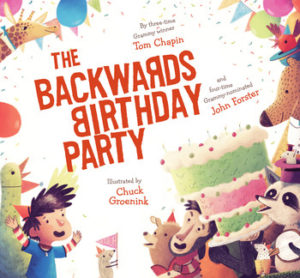
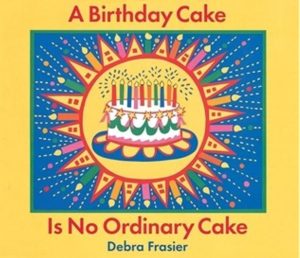
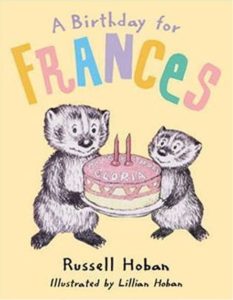
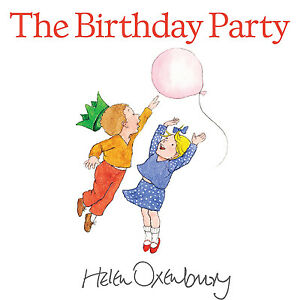
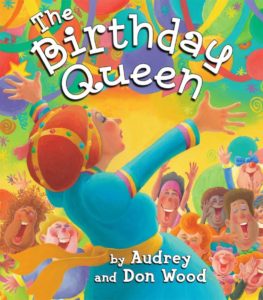
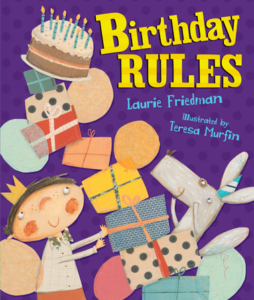
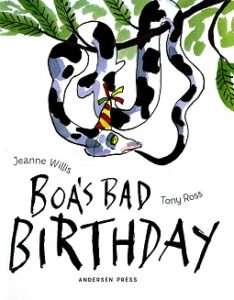
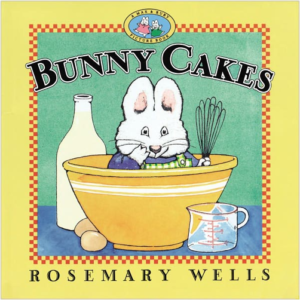
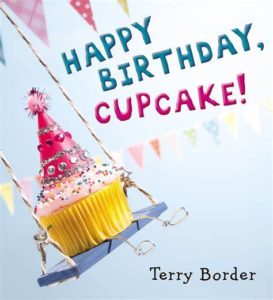
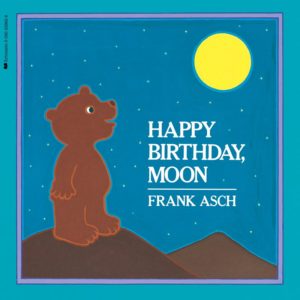
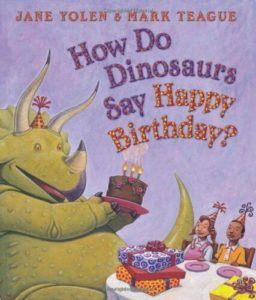
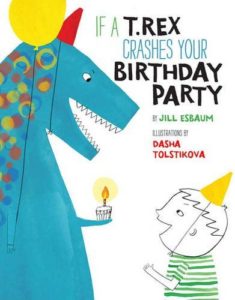
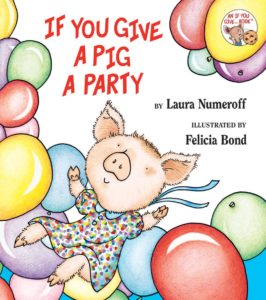
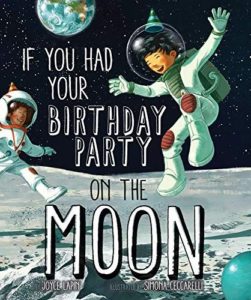
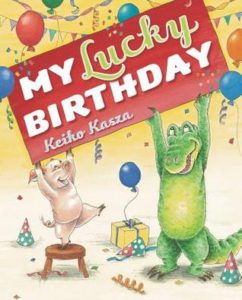
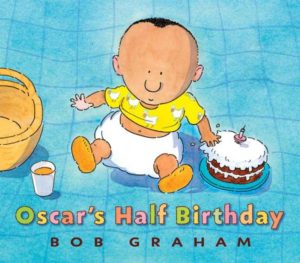
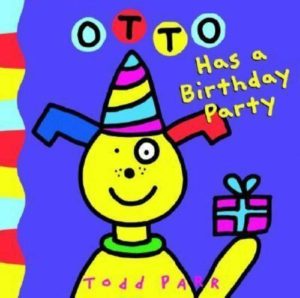
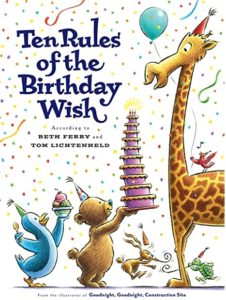
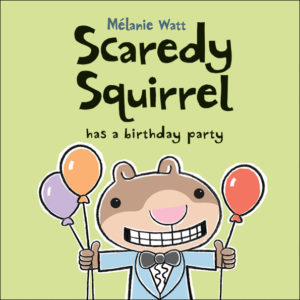
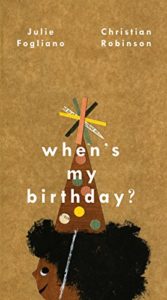
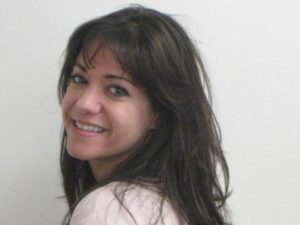 Let me introduce you to literary agent Liza Fleissig, who opened
Let me introduce you to literary agent Liza Fleissig, who opened 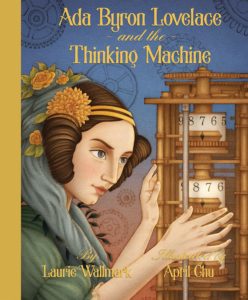
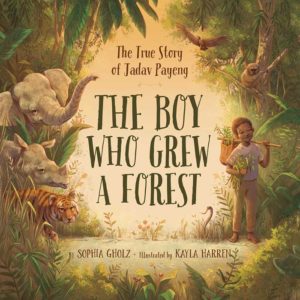
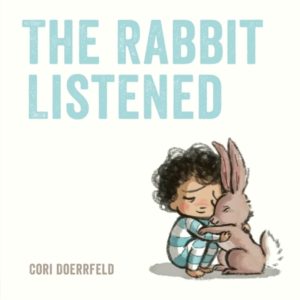
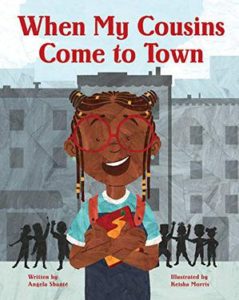
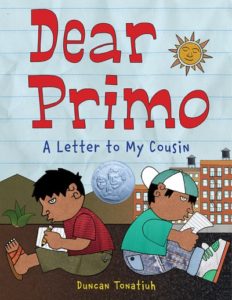
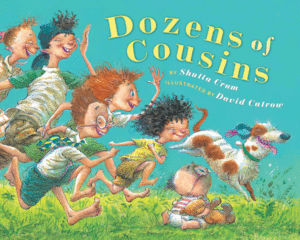
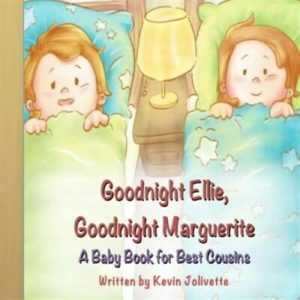
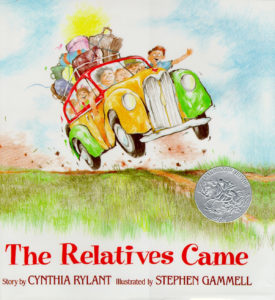
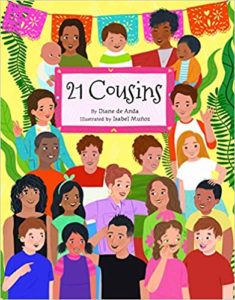
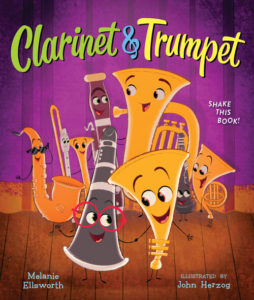
 This month’s Author Interview is with Kansas City-based writer Bridget Heos—
This month’s Author Interview is with Kansas City-based writer Bridget Heos—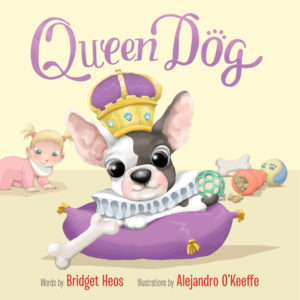

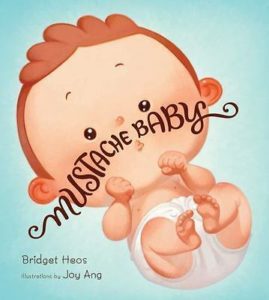
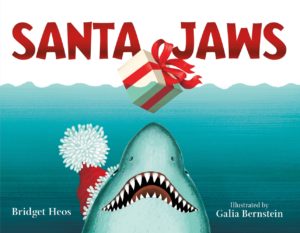
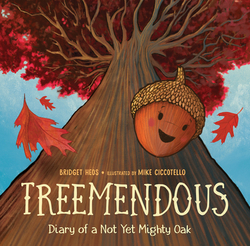
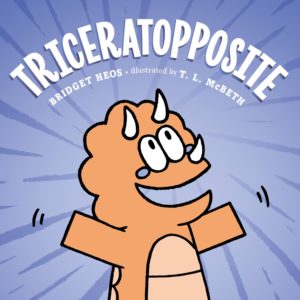
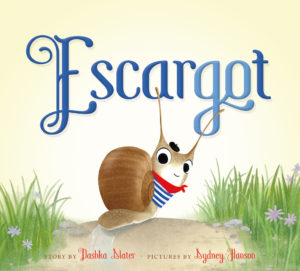
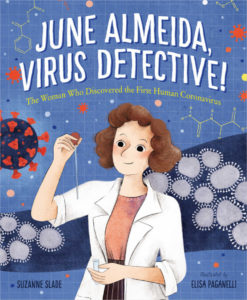
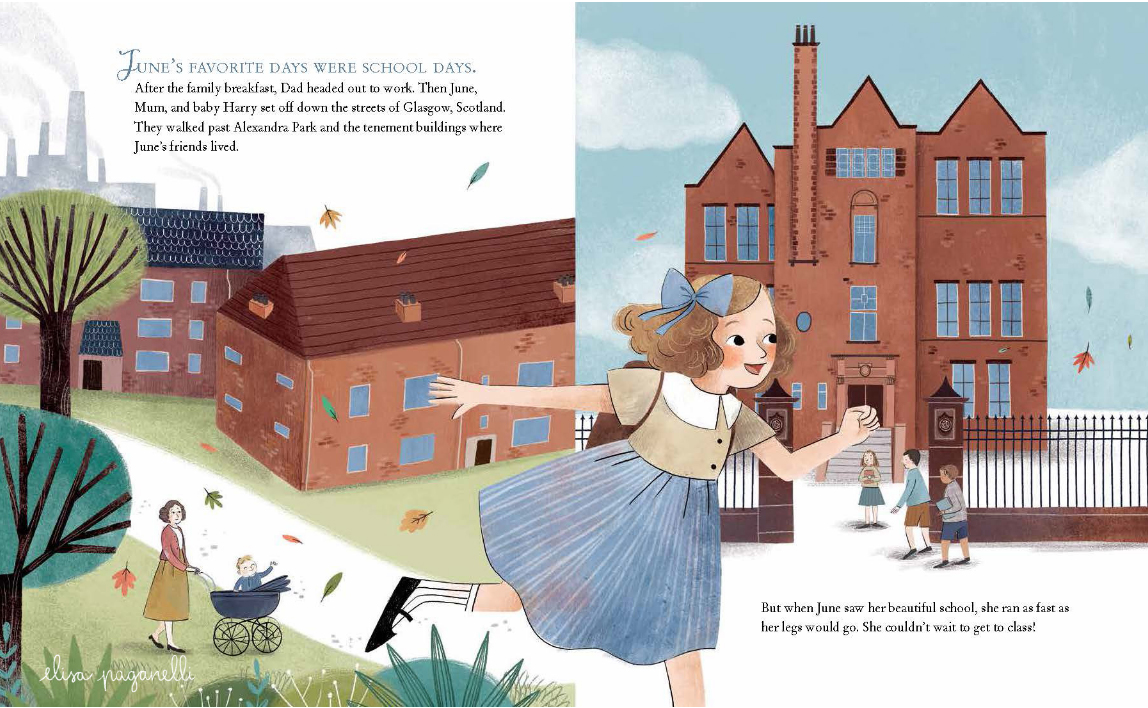 The mix of single pages, spreads, and vignettes keep the design of this book fresh and interesting. It really feels like we are accompanying June on her journey. Indeed, the character development is skillfully done as we see June progress from a little girl right the way through to old age. I also love the muted colour palette used throughout the book; no garish, bright colours here, the tones are more likely to be earthy ochres, blue-greys and mustard yellows.
The mix of single pages, spreads, and vignettes keep the design of this book fresh and interesting. It really feels like we are accompanying June on her journey. Indeed, the character development is skillfully done as we see June progress from a little girl right the way through to old age. I also love the muted colour palette used throughout the book; no garish, bright colours here, the tones are more likely to be earthy ochres, blue-greys and mustard yellows.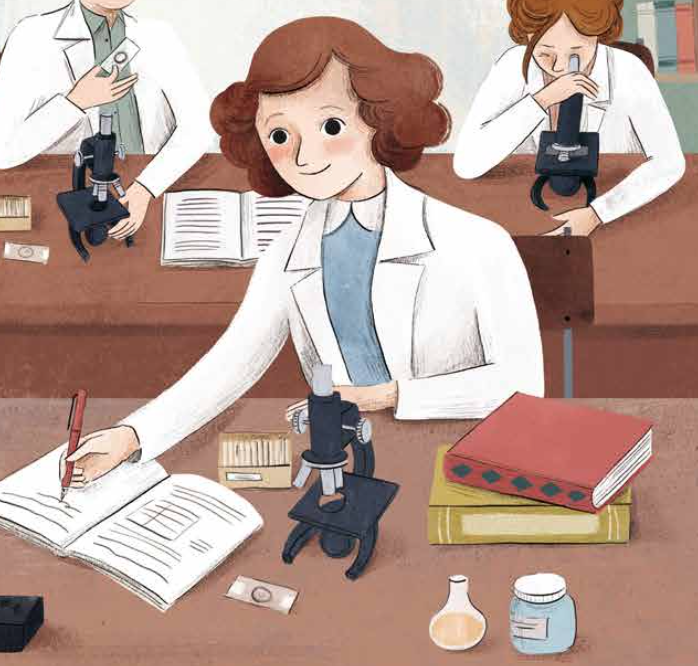
 Lucy Barnard has been a freelance illustrator for more years than she cares to remember and, after illustrating for many other authors, decided to begin writing her own picture books. She is represented as an illustrator by
Lucy Barnard has been a freelance illustrator for more years than she cares to remember and, after illustrating for many other authors, decided to begin writing her own picture books. She is represented as an illustrator by